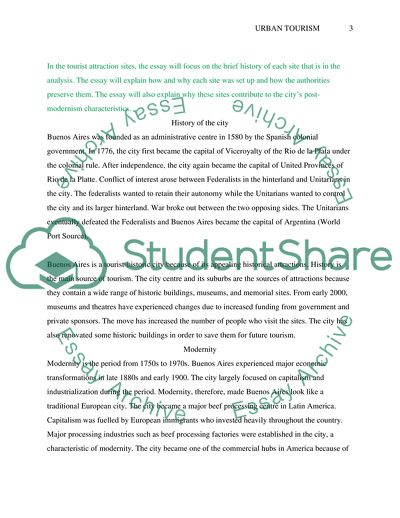Cite this document
(Urban Tourism: Buenos Aires Coursework Example | Topics and Well Written Essays - 3250 words, n.d.)
Urban Tourism: Buenos Aires Coursework Example | Topics and Well Written Essays - 3250 words. https://studentshare.org/tourism/1829205-urban-tourism
Urban Tourism: Buenos Aires Coursework Example | Topics and Well Written Essays - 3250 words. https://studentshare.org/tourism/1829205-urban-tourism
(Urban Tourism: Buenos Aires Coursework Example | Topics and Well Written Essays - 3250 Words)
Urban Tourism: Buenos Aires Coursework Example | Topics and Well Written Essays - 3250 Words. https://studentshare.org/tourism/1829205-urban-tourism.
Urban Tourism: Buenos Aires Coursework Example | Topics and Well Written Essays - 3250 Words. https://studentshare.org/tourism/1829205-urban-tourism.
“Urban Tourism: Buenos Aires Coursework Example | Topics and Well Written Essays - 3250 Words”. https://studentshare.org/tourism/1829205-urban-tourism.


